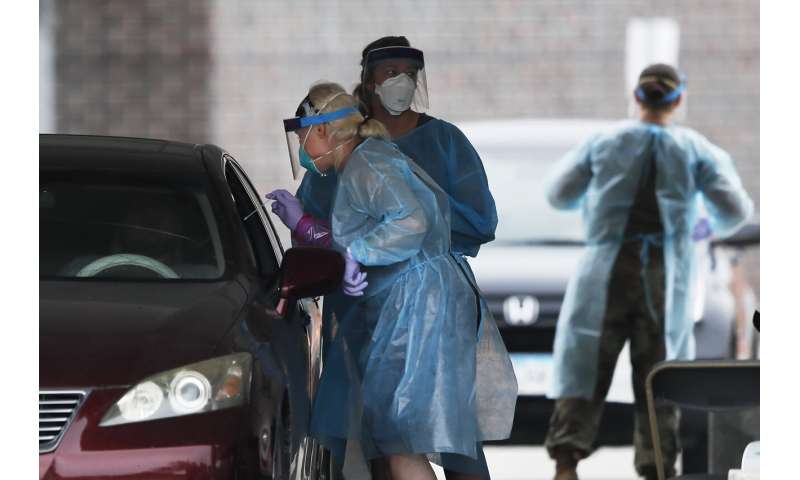
It began with devastation in the New York City area, followed by a summertime crisis in the Sun Belt. Now the coronavirus is striking cities with much smaller populations in the heartland, often in conservative corners of America where anti-mask sentiment runs high.
The spread has created new problems at hospitals, schools and colleges in the Midwest, as well as in parts of the West.
Wisconsin is averaging more than 2,000 new cases a day over the last week, compared with 675 three weeks earlier. Hospitalizations in the state are at the highest level since the outbreak took hold in the U.S. in March.
Utah has seen its average daily case count more than double from three weeks earlier. Oklahoma and Missouri are regularly recording 1,000 new cases a day, and Missouri Gov. Mike Parson, a staunch opponent of mask rules, tested positive for the virus this week. And South Dakota, Idaho and Iowa are seeing sky-high rates of tests coming back positive.
The U.S. is averaging more than 40,000 new confirmed cases a day. While that number is dramatically lower than the peak of nearly 70,000 over the summer, the numbers are worrisome nonetheless. The nation’s death toll eclipsed 200,000 this week, the highest in the world.
In other developments:
— Florida Gov. Ron DeSantis lifted all restrictions on restaurants and other businesses Friday to reopen the state’s economy. “We’re not closing anything going forward,” the Republican, a major ally of President Donald Trump, said in what is sure to stoke debate in a state crucial to the presidential race.
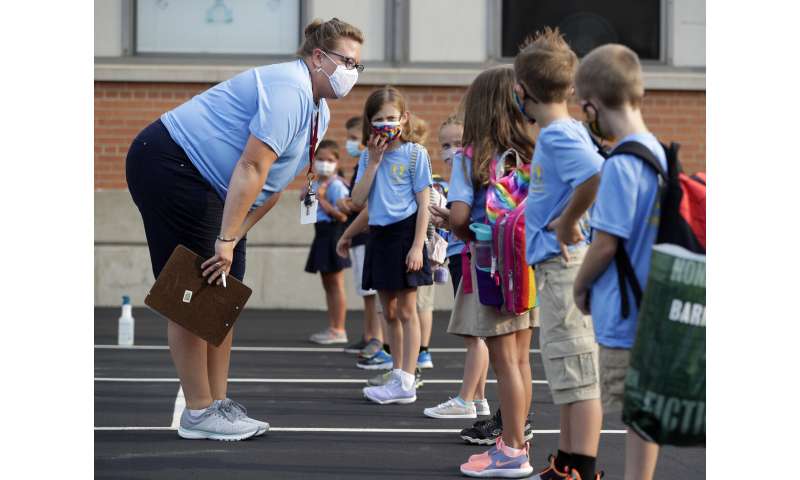
— Virginia Gov. Ralph Northam announced he and his wife have tested positive, though he said he has no symptoms. Northam, a Democrat who is also a doctor, has been criticized by Republicans who say his restrictions aimed at slowing the spread of the virus are too stringent.
— Two former administrators of a Massachusetts veterans home where nearly 80 people died were charged with neglect over their handling of the outbreak. They could go to prison if convicted. It is believed to be the first criminal case in the nation brought against nursing home officials for actions during the crisis.
In the Midwest, hospitals in Springfield, Missouri, were approaching capacity because of a surge in cases. And in the West, chief medical officers of two Idaho hospitals warned this week that their facilities are close to being overwhelmed by patients infected with the coronavirus.
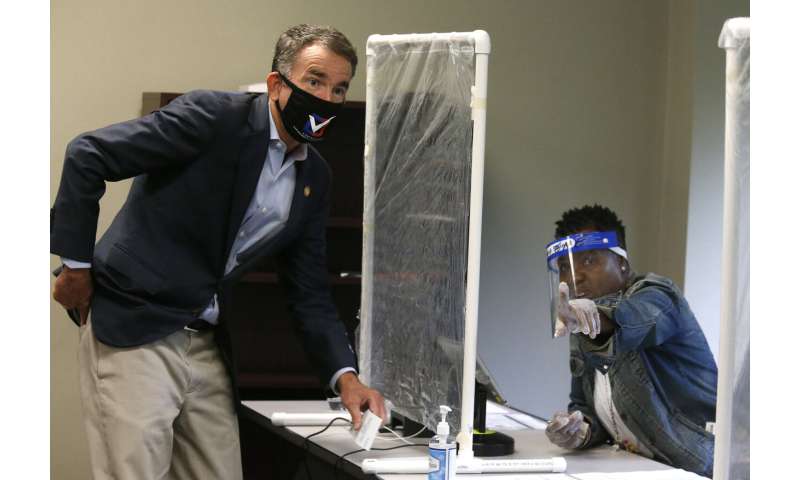
There were also mounting problems at schools.
Dozens of students in Iowa went into quarantine this week amid a surge in cases and positivity rates in one county that exceed 30%. A neighboring county had a 27% positive rate and 201 students and staff in isolation or quarantine as of Wednesday after 18 students and eight staff members tested positive in the Sibley-Ocheyedan district, including the superintendent. The district continued to hold in-school lessons but added new social distancing requirements.
The virus is now landing squarely in places where there is strong resistance to masks and governors have been reluctant to require face coverings.
In the Missouri town of Joplin, a mask ordinance was allowed to expire last month as virus fatigue grew. The number of positive cases in Joplin and surrounding Jasper County has risen about 80% since the mask order was rescinded on Aug. 17.
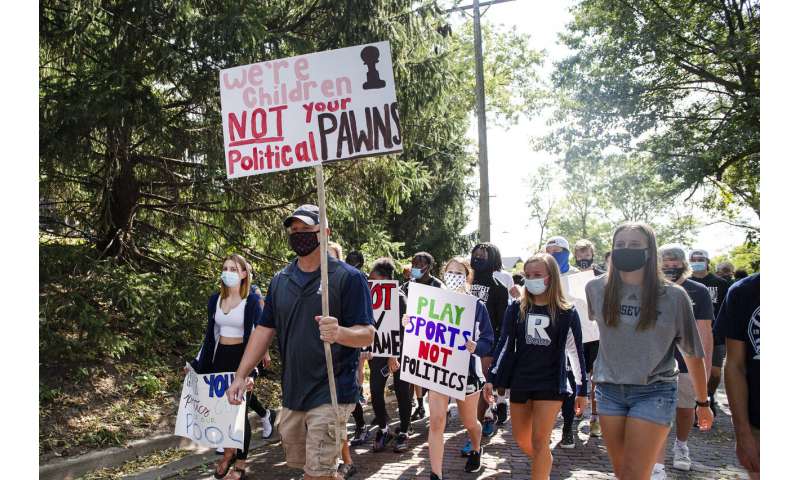
People have grown weary after more than six months of virus restrictions in the deeply conservative county that Trump won by more than 50 percentage points over Hillary Clinton in 2016.
The mayor of Joplin said he regrets imposing restrictions in March at the start of the outbreak where there were few cases in Missouri, and wishes he had waited until later.
“That speaks to the fatigue because you can’t lock down your community and say, ‘Here is the risk,’ and there is really not much risk, and (then) try to do it again,” Mayor Ryan Stanley said. “People get very worn out of the process of trying to grind through that.”
The result is that residents have started to tune out local leaders’ warnings to wear masks and socially distance.
“I am getting sick and tired of telling people to wear their masks and I know they are sick and tired of me saying it,” said Jasper County Health Department Administrator Tony Moehr. “And it just seems like people have heard it so many times, I’m not sure if they really even hear it anymore when we say it.”
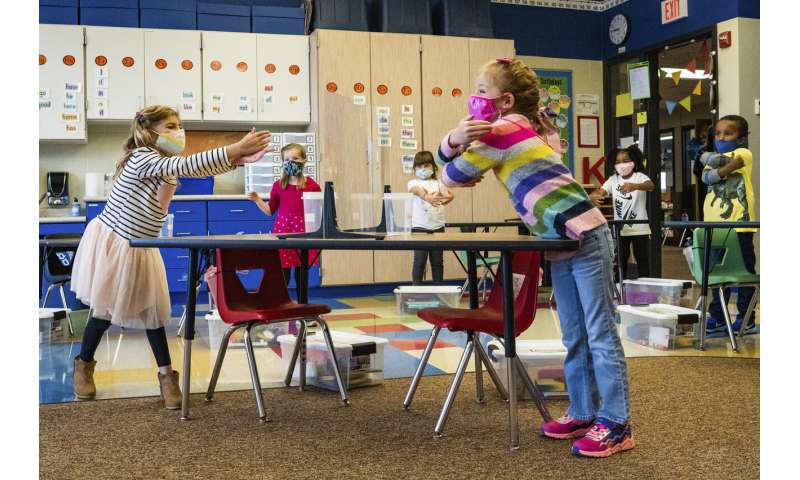
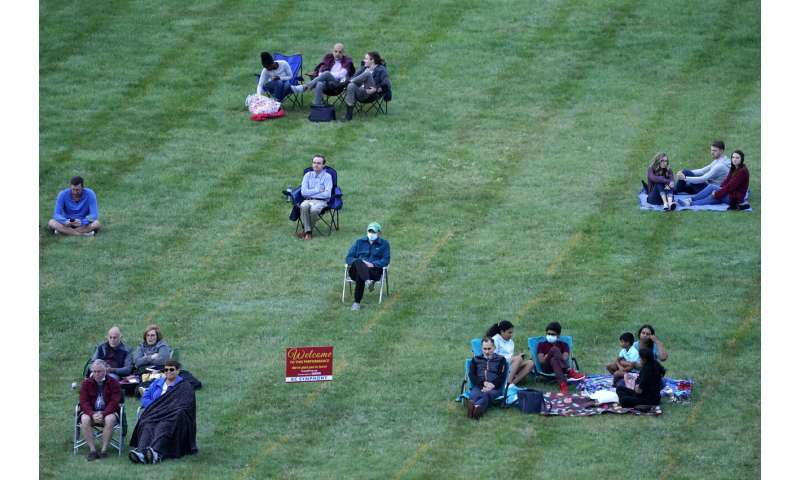
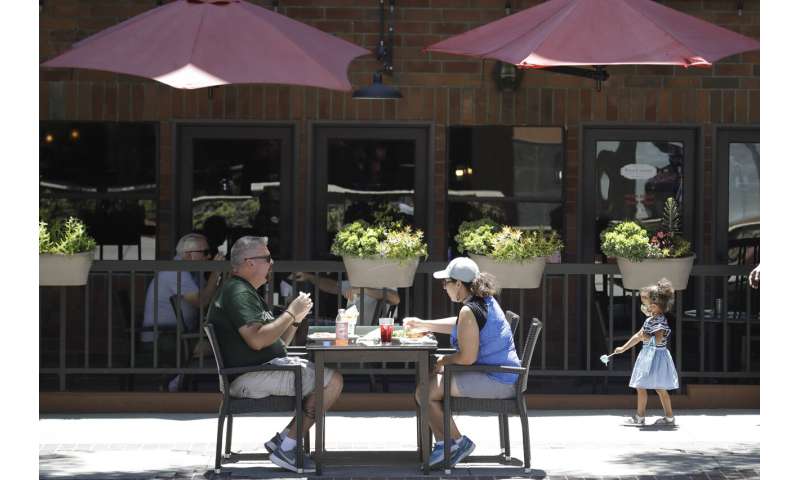
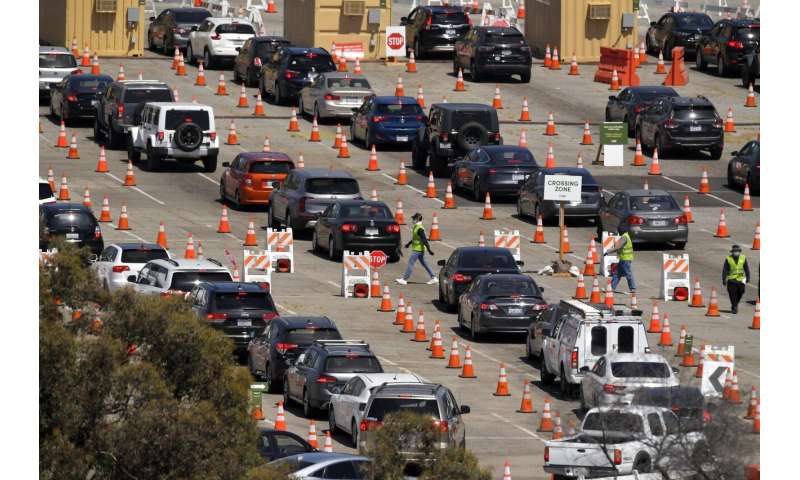
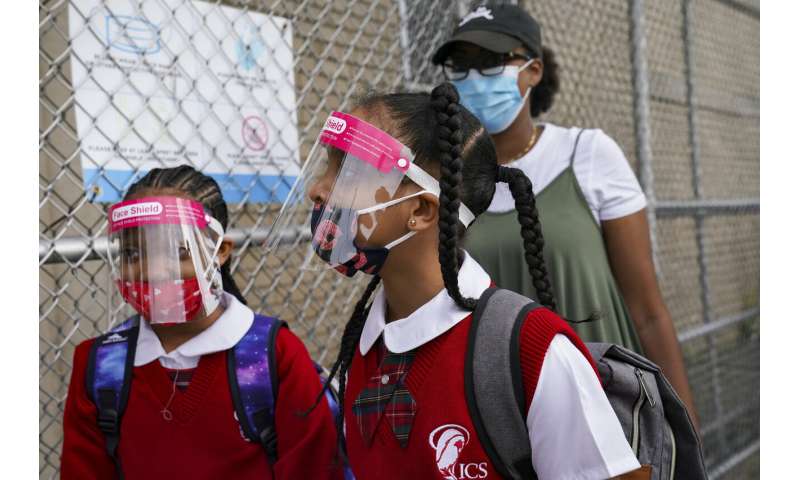
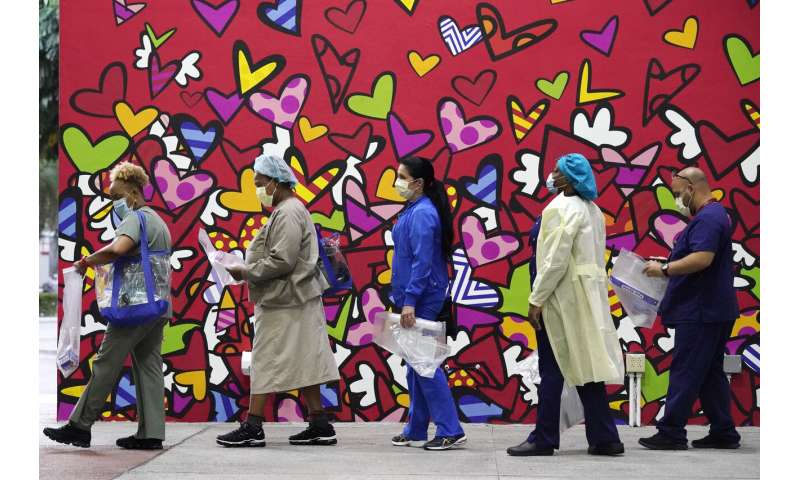
Outbreaks have become the norm on college campuses around the country since students began returning, and officials worry about new trouble as the football season gets underway. College towns are taking increasingly harsh steps to crack down on parties and crowded bars.
At the home of the University of Oklahoma, the Norman City Council voted 5-3 this week to require that masks be worn indoors at house parties if more than 25 people are present. The ordinance passed over objections from members of the public.
Source: Read Full Article
